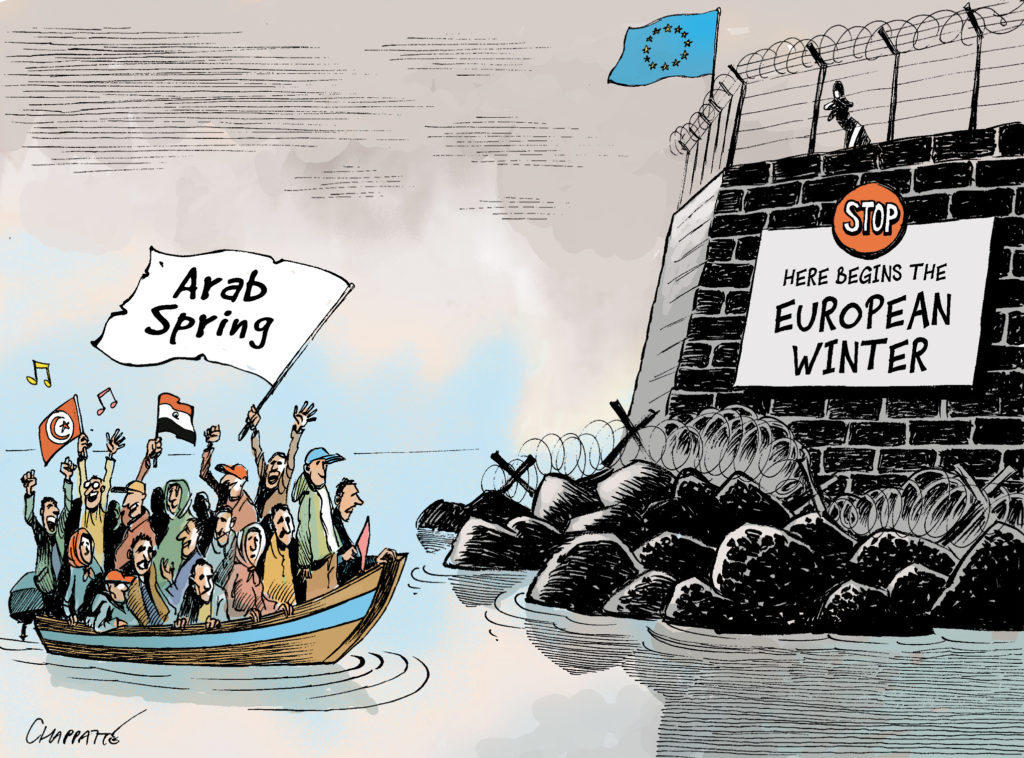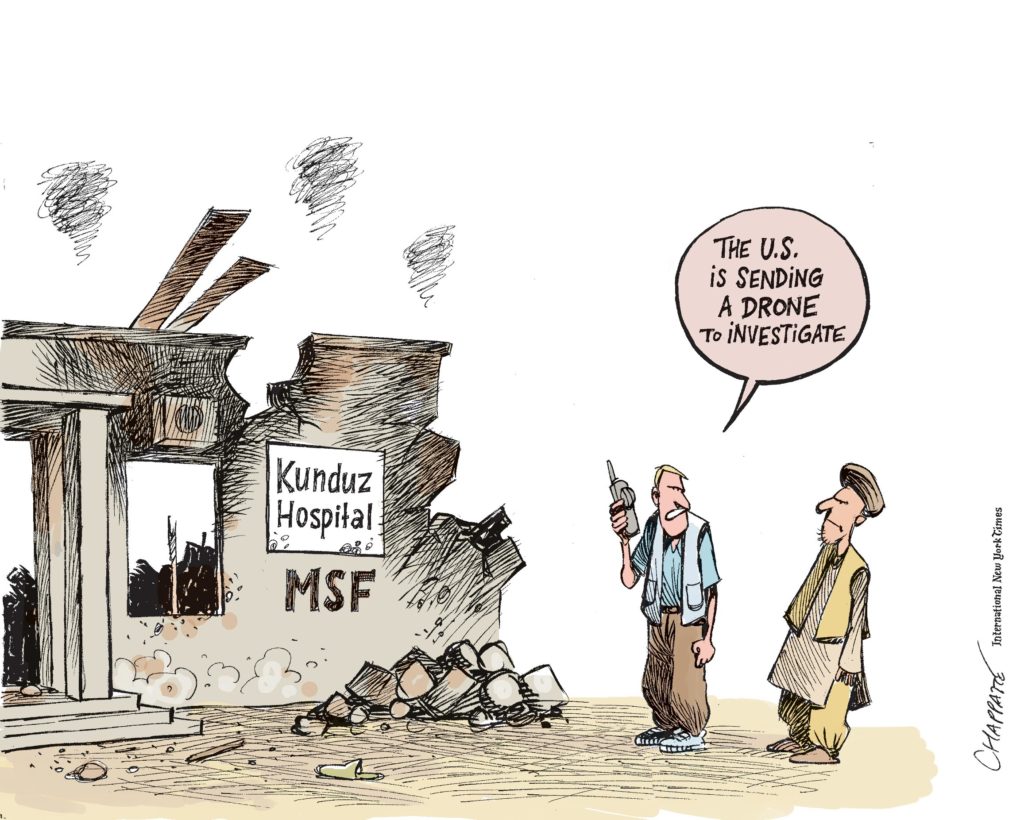Endangered Earth
Land degradation | Key terms
Like many common words, the word soil has several meanings. In its traditional meaning, soil is the natural medium for the growth of plants. Soil has also been defined as a natural body consisting of layers (soil horizons) that are composed of weathered mineral materials, organic material, air and water. Soil is the end product of the combined influence of climate, topography and organisms (flora, fauna and human) on parent materials (original rocks and minerals) over time. As a result, soil differs from its parent material in texture, structure, consistency, color, chemical, biological and physical characteristics. Soil is an essential component of land and eco-systems, which both are broader concepts encompassing vegetation, water and climate in the case of land, and in addition to those three aspects, also social and economic considerations in the case of ecosystems.
The word soil is also known as dirt, waste or earth.
Soil erosion is a common term that is often confused with soil degradation as a whole, but in fact refers only to absolute soil losses in terms of topsoil and nutrients. This is indeed the most visible effect of soil degradation, but it does not cover all of its aspects. Soil erosion is a natural process in mountainous areas, but is often made much worse by poor management practices.
Land degradation has a wider scope than both soil erosion and soil degradation in that it covers all negative changes in the capacity of the ecosystem to provide goods and services (including biological and water-related goods and services, and, in the vision of LADA – Land Degradation Assessment in Dryland – also land-related social and economic goods and services).
Desertification is another common term used for (a) land degradation in dryland areas and/or (b) the irreversible change of the land to such a state it can no longer be recovered for its original use.
Mitigation is intervention intended to reduce ongoing degradation. This comes in at a stage when degradation has already begun. The main aim is to halt further degradation and to start improving resources and their functions. Mitigation impacts tend to be noticeable in the short-to-medium term: this then provides a strong incentive for further efforts. The word mitigation is also sometimes used to describe the reductions of impacts of degradation.
Rehabilitation is required when the land is already degraded to such an extent that the original use is no longer possible and the land has become practically unproductive. Longer-term and often more costly investments are needed to show any impact.
Land degradation neutrality describes the state whereby the amount and quality of land resources, necessary to support ecosystem functions and services and enhance food security, remains stable or increases within specified temporal and spatial scales and ecosystems (source: UNCDD).
The term grabbing was adopted because of the lack of transparency in the set-up of land deals, their dubious legitimacy vis-à-vis communities who until then used these areas, and the dispossession the latter suffered once the deals were implemented. Estimates vary from 20 to 45 million hectares transacted between 2005 and 2010; the most recent estimates are around 30 million hectares in 78 countries. Actually, the calculation of grabbed areas has proven extremely challenging. Information is rarely disclosed given the controversial nature and the lack of legitimacy of those deals. Moreover, land grabs include not only transnational large-scale ones but also a broad range of national and local medium- and small-size land acquisitions that are hard to quantify.
Source (except for “land degradation neutrality” and “land grabbing”: © FAO, “FAO Soils Portal”, accessed 8 November 2019, http://www.fao.org/soils-portal/about/all-definitions/en/.



